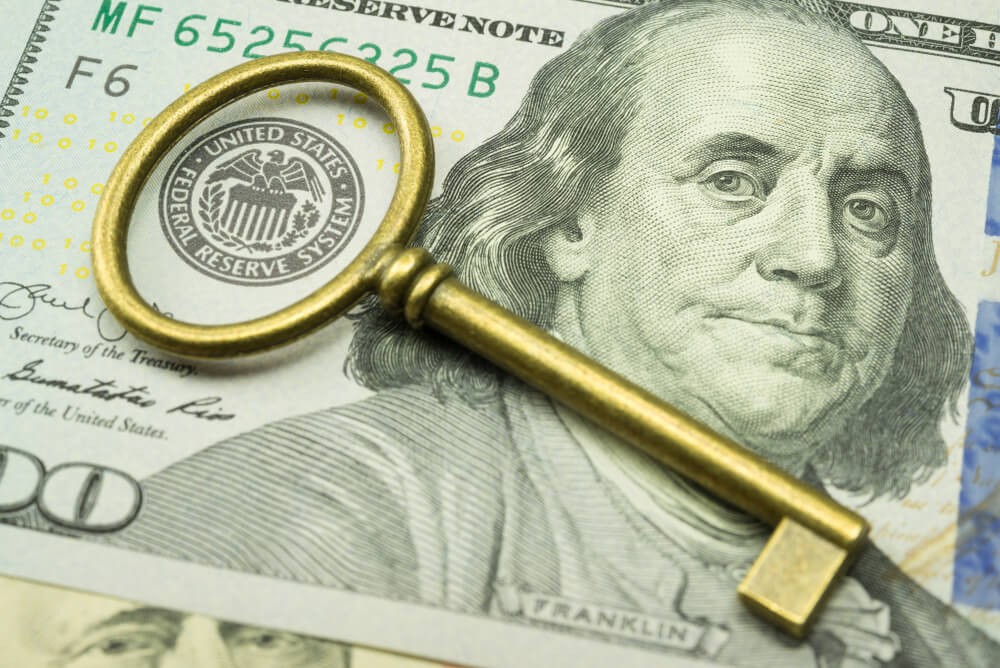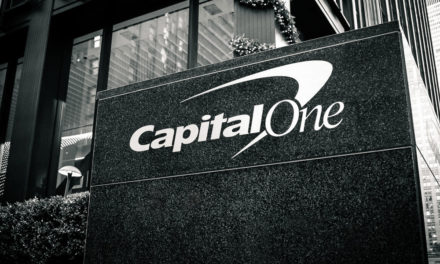Good news for investors as Federal Reserve is close to knowing exactly when its balance sheet roll-off will end, Chair Jerome Powell Said Wednesday.
Investors have been nervous about how much further the Fed will go to tighten monetary policy in reducing the size and composition of its fixed-income portfolio. The central bank began buying bonds in the wake of the 2008 financial crisis in an effort to lower long-term interest rates, stimulating the economy (quantitative easing).
Reducing the balance sheet, or quantitative tightening, has the opposite effect by removing liquidity from the economy.
Per CNBC:
“We’re close to agreeing on a plan which would light the way to the end of the process,” Powell said during testimony before the House Financial Services Committee.
The Fed is reducing the bond holdings by allowing a maximum of $50 billion in proceeds to roll off each month and reinvesting the rest.
Powell added that he expects the reduction to end “sometime later this year.”
Since the process began in October 2017, the amount of Treasurys and mortgage-backed securities the Fed holds has been reduced by about $448 billion to $3.8 trillion. At the same time, the amount of bank reserves has contracted from $2.8 trillion to $1.6 trillion.
In Senate testimony Tuesday, Powell said market estimates of around $1 trillion for bank reserves, plus some buffer, were probably accurate for when the reduction would end. While the numbers aren’t directly related, the market has come to tie them together. That would coincide with a wrap-up by around the end of 2019.
Powell said he would expect the Fed to make a decision shortly that will be announced to the public.
“We actually don’t know what the equilibrium demand will be. We’re going to have to find it over time,” he said. “My guess is we’ll be announcing something fairly soon.”
He noted market pressures have contributed to the balance sheet calculus.
“I think the markets became much more sensitive to these issues,” Powell said.
Inflation target
On a related matter, he said the Fed also is not considering raising its inflation target.
The central bank considers 2 percent a healthy level for inflation but has fallen short of that target through much of the recovery. One alternative floated to generating some inflation would be for the Fed to increase its target, which could cause a rise in expectations.
“We are not looking at a higher inflation target, full stop,” Powell said, adding that the Fed is examining alternatives to “more credibly achieve” its target.




